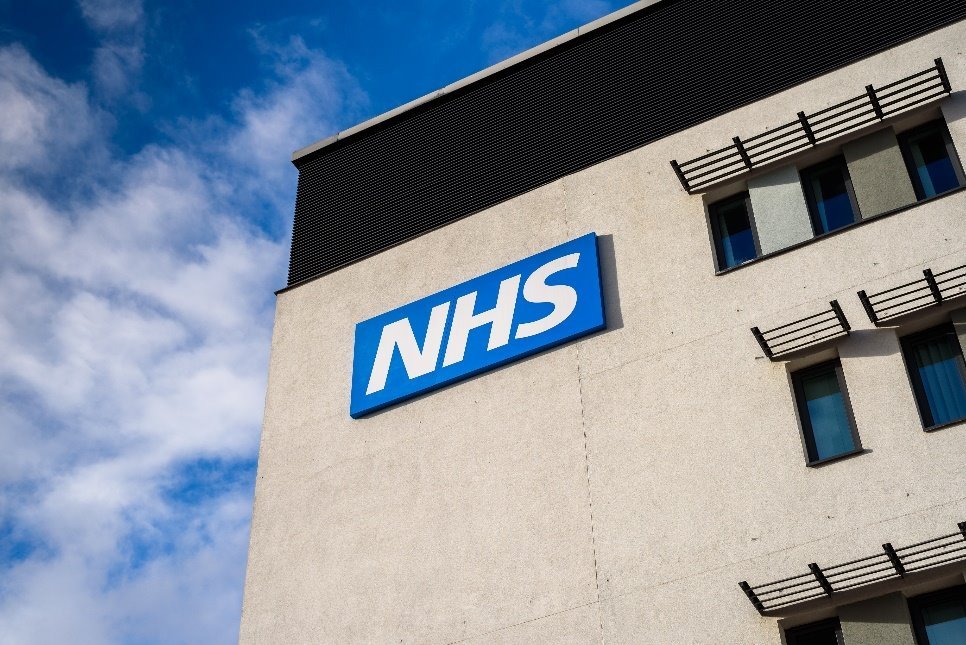The 10 Year Health Plan for England | The vision for how to deliver the 3 big shifts and create a sustainable model for health
After much anticipation and many rumours, the 10 Year Health Plan is finally with us and there is much to admire about the ambition to create a new model of care, closer to home. It has been clear for many years that continual rises in demand, acuity and a growing aging population with higher levels of co-morbidity means that the model of health and care has to not just shift but radically transform to have any chance of maintaining the essence of the original ambitions, including being free at the point of use, as laid out by Aneurin Bevan 80 years ago. It’s also clear – and a key area the plan seeks to address – that health inequalities have continued to grow with access remaining a real lottery for many, particularly the most vulnerable in our society.
There are clear, positive ambitions in the new 10-year plan around how this new model of care will look and feel over the course of the next decade, with a real focus on how technology can drive greater productivity, patient choice and the long sought-after ambition of a single patient record. The desire to create neighbourhood health centres in every community, finally delivering on previous recommendations for multi-disciplinary neighbourhood teams is also at the centre of moving care and cost out of acute hospitals over the next 10 years.
These ambitions closely mirror the focus of our journey at Channel 3 where we have sought to work across health and care to harness the power of technology to deliver a more pro-active and preventative model of care. And so, we support the ambition of the vision and the ‘what’ set out across the plan’s 168 pages.
But our work and the history of the NHS has shown that critical to achieving the ‘what’ is the ‘how’, including the focus on delivering real change at the frontline – change in behaviours and processes, enabled by digital solutions and data insight. Succeeding with these shifts requires real hands-on capacity to design, deliver and embed new models of care that already exist today but are not embedded or scaled to make the big shifts set out in the plan. This is particularly true in a system that is operating at or over-capacity and therefore can often only focus on delivering the here and now.
Remote monitoring capability, for example has been around for decades and has been proven to both support the ability to provide care at home and crucially help predict future health needs, thereby enabling a more proactive and preventative model of health and care to become a reality. This therefore could be happening now at scale, should be happening now and if it were, would be having a significant impact on acute flow, capacity and waiting lists as evidenced by the proof-of-concept trial we did with NHS England now some 2 years ago. Our Work — Channel 3 Consulting. So we have to learn the lessons on what is stopping this shift today if we are to achieve a different future tomorrow.
And there remains some big dichotomies currently in terms of strategy across the health and care system that could undermine progress:
On the one hand, an ambition to bring decision making and personalised care to individuals and the community – on the other hand making ICBs much larger and distant from local communities.
On the one hand the need to manage demand and patient flow better on the other hand a focus on increasing capacity for appointments even though we know many of those are unnecessary and could be diverted to self-care, online or other pathways.
And on the one hand a spend increase of £29 billion to transform the NHS, but over the next 2 years a 50% reduction in ICB costs, a real term reduction in spend in acutes through cost and productivity drives and the abolition of NHSE. Setting out a clear roadmap for how spend is going to unlock this shift is critical.
So, delivery and execution is now key, which for the next 2 years will be significantly impacted by the huge levels of structural re-organisation taking place across not only the NHS, but also across Local Government as a result of the Local Government Re-organisation plans, all of which reduce capacity in the system to continue to deliver critical public services, as the same time as needing to transform them.
But we believe the model set out in the 10 Year Plan is not only urgently needed, but is the right one in achieving better outcomes, more personalised care and critically a model focused on prevention not treatment. So, we applaud the ambition, the optimism and sense of hope.
And so, in September, to help answer the ‘how’, we will be publishing our view on what needs to happen now, next and in the future to finally make the shift to a more preventative model of health and care a reality and achieve the lofty ambitions in the latest long term health plan.
Written by Leo Jones, Chief Executive, and Joe McGarry, Executive Partner, Channel 3 Consulting

